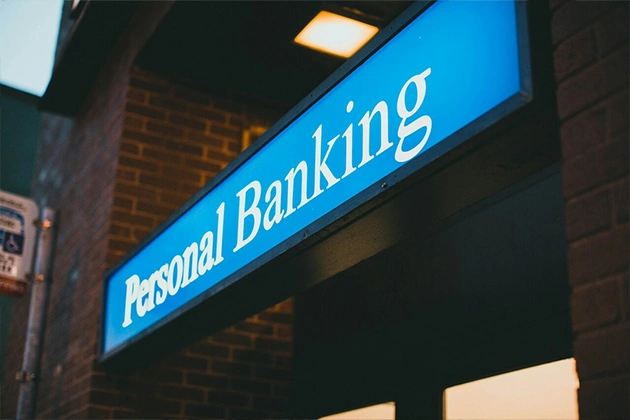In 2025, moving money between accounts is no harder than sending a text message. Whether you’re paying a freelancer or opening a currency account for your vacation, financial transactions happen in moments, not days like before.
However, with this convenience comes risk. How can you be certain that the bank account you’re sending money to actually exists and belongs to the right person or business? This is where bank account verification plays a massive role.
Bank account verification is the process of confirming that a bank account is legitimate, active, and owned by a specific individual or company – the one you’re intending to send money to. Think of it as a digital handshake to rest assured that you’re dealing with the right party before any money changes hands. Modern solutions like Prometeo: bank account verification have made this process faster and more reliable than ever before.
Why bank account verification matters
Imagine sending your rent payment to what you think is your landlord’s account, only to then find out it went to a fraudulent account with a similar number. Not only would you lose your money, but you’d also face late fees and potential eviction proceedings – this mark against your name could get in the way of a future mortgage application.
For businesses, the stakes might be even higher. Companies processing payroll, vendor payments, or customer refunds need to be certain that funds reach their intended destinations – some seriously large amounts of money are constantly changing hands, constantly. A single misdirected payment could result in a knock-on effect of financial losses, compliance issues, damaged relationships, and therefore loss of revenue.
How bank account verification works
The verification process is usually a few steps that work together to help paint a complete picture of an account.
First, the system looks for whether the account number and routing number combination actually exists (it looks within the banking network). This is a bit like seeing if a phone number is in service before calling it.
Next, the verification process confirms that the account holder’s name matches the information provided. This prevents scenarios where someone might provide a valid account number that doesn’t belong to them. There may also be checks here surrounding the details around the account type (checking, savings, business) and whether the account is currently active.
Modern verification systems can complete these checks in seconds. They connect directly to banking networks and financial institutions to gather the most up-to-date information about each account.
Different types of verification methods
There isn’t just one approach to bank account verification – it depends on situations and security requirements. Micro-deposit verification (a traditional method), involves sending small amounts (usually under a dollar) to the target account. The account holder then confirms receipt of these deposits, proving they have access to the account. It’s certainly effective, but it’s not efficient.
Instant verification is the next level up, in most regards, as it’s the more modern approach. Instead of waiting for physical deposits, advanced systems use connections to banking networks that verify account information straight away. It’s the same level of security as micro-deposits but there’s no waiting around.
Document-based verification is another, and involves reviewing bank statements, voided checks, and so on. It’s pretty thorough, but it’s a time-consuming process that is often done manually. It’s also surprisingly prone to human error.
Benefits for businesses and individuals
For businesses, bank account verification has many advantages – not just fraud prevention. Verified accounts reduce the likelihood of payment errors, which in turn minimizes the costs associated with reversing transactions (very expensive and can also mean landing worse, more expensive terms with merchant account providers). It cuts down on customer complaints and managing cash flow disruptions. Companies can also make their onboarding processes more efficient, allowing new customers or employees to begin transacting immediately.
Users benefit not just from the security but the peace of mind. When selling items or services online, verification helps reduce the anxiety that often accompanies financial transactions with new parties.
Payroll processing is perhaps the most common application, as employers must ensure employee paychecks reach the correct accounts, while e-commerce platforms use verification to confirm seller accounts before enabling payments. Peer-to-peer payment services rely heavily on verification to maintain user trust and prevent money laundering.
What future trends lie ahead?
Integration with artificial intelligence and machine learning is the space currently being explored to improve fraud detection capabilities while maintaining smooth user experiences. Here, anomalies can be detected rapidly.
The future of bank account verification is always going to be in balancing security with convenience – maximum security often involves delays and a lack of user friendliness. So, it’s about maximising convenience while maintaining a certain (high) minimum standard of security.
Bank account verification may seem like a technical process, but its impact on daily financial life is profound.










